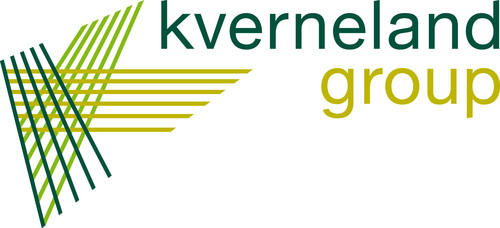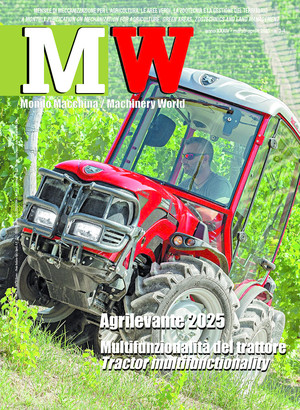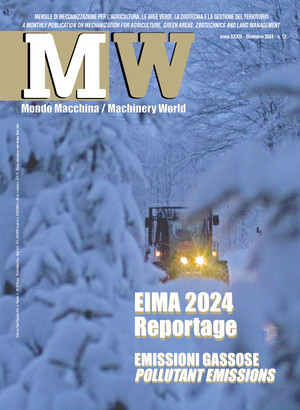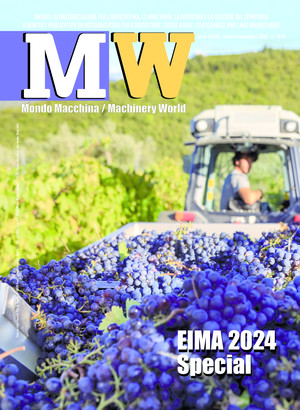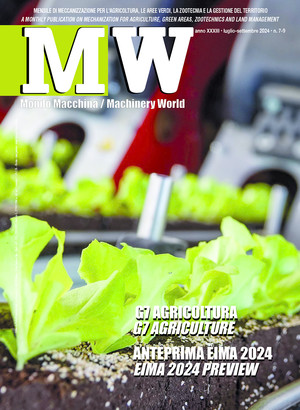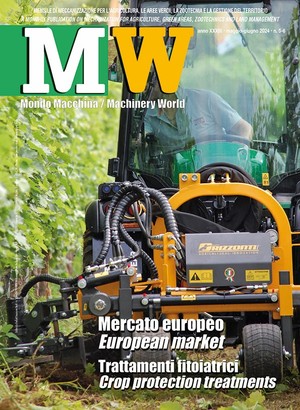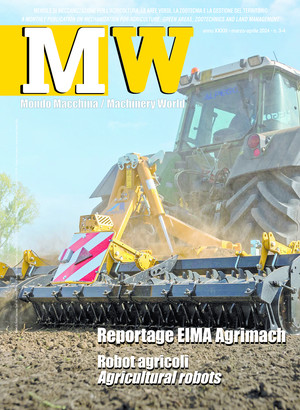
Transition 5.0: new strategic targets
At EIMA International, FederUnacoma and Polo Tecnologico Alto Adriatico described the features of the new measure for energy efficiency. To date, a total of EUR 100 million in projects have been financed as tax credits, but requests for access to funds should increase in the coming months
The Transition 4.0 measures are still active (for projects to be completed by June 30, 2026), but the new aspect is the arrival of Transition 5.0. This, as Alberto Miotti of the Polo Tecnologico Alto Adriatico (Ptaa) pointed out in a crowded meeting at EIMA International organized by FederUnacoma and Ptaa, is operational from January 1, 2024 (effective retroactively) to December 31, 2025 (for completion of projects by February 28, 2026). "Transition 5.0 – Miotti stated – is an evolution of 4.0 with the addition of a strong push towards environmental sustainability and the reduction of energy consumption. Substantial funds have been made available (EUR 6.3 billion), and will be used to finance 4.0 investments included in energy efficiency projects (EUR 3.7 billion), systems for self-production and self-consumption from renewable sources (EUR 1.89 billion), and staff training for the green transition (EUR 630 million).
To access funding, in the form of tax credits, it is necessary to present an innovative project that leads to a decrease in consumption of at least 3% on the entire project or at least 5% in a single process. "The rates – continued Miotti – are interesting and range from 35 to 45% for investments up to EUR 2.5 million, from 15 to 25% for investments between EUR and 10 million and between 5 and 15% for investments between EUR 10 and 50 million. But it must be pointed out that the bureaucratic process is demanding and requires an ex ante certificate that photographs the starting situation and an ex post certificate that identifies the final situation and the energy savings obtained".
There are quite a few differences between 4.0 and 5.0. The tax credit in Transition 5.0 can also be paid out as a lump sum solution and a contribution of up to EUR 10 thousand is envisaged for certification costs, neither aspect was included in Transition 4.0. Transition 5.0 also provides for financing up to a maximum of 10% of that relating to the instrumental good for training. The complex process and the “competition” of 4.0 have kept investments away (less than EUR 100 million of funded projects) but in the coming months, with the clearer definition of the operations, it is likely that the application submissions will increase. Of course, there are some constraints to take into account. For example, for tractors: "Only those that go from Stage I to Stage V can access the benefits of Transition 5.0. Less complex – concluded the consultant of Mimit Marco Belardi – is to obtain them for innovative equipment for which the reference parameter for the reduction of consumption depends on the consumption of the tractor".

